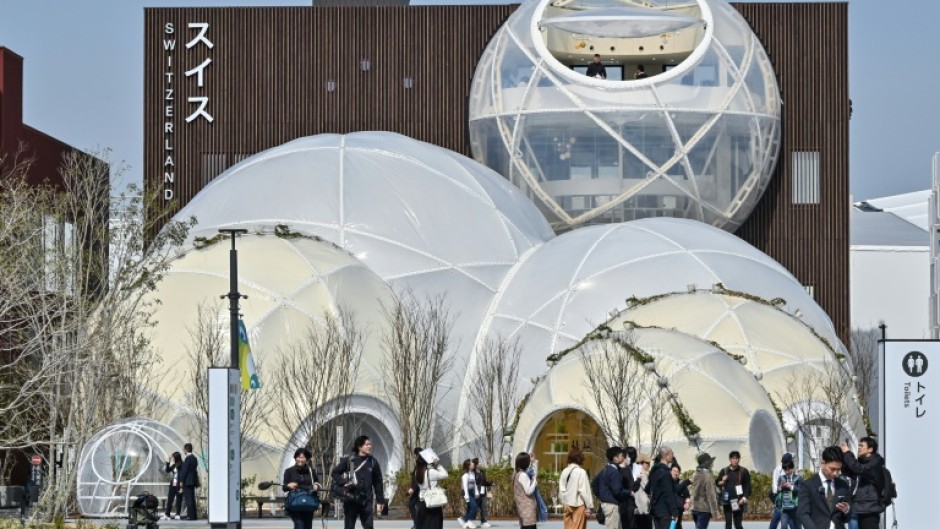



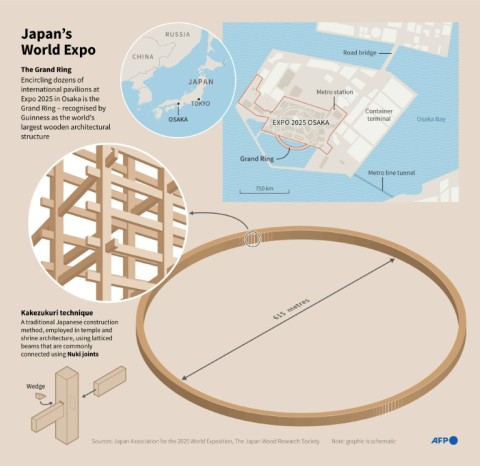
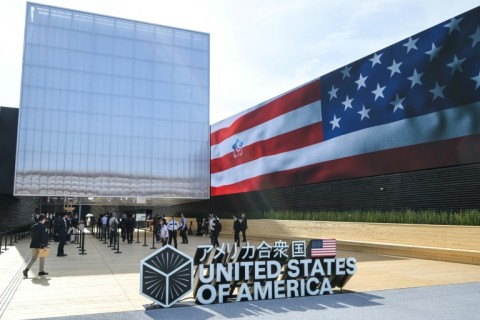
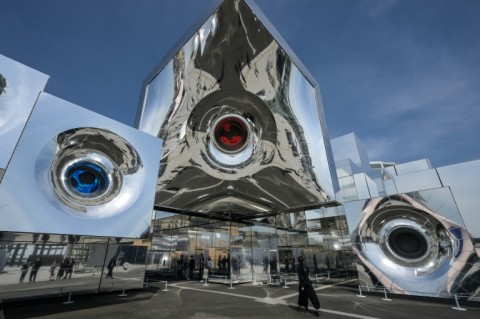







I’ve got two questions about blockbuster movies like Barbie and Oppenheimer.
Why aren’t the cinemas charging more for them, given they’re so popular?
Why are they the same price, given Oppenheimer is an hour longer?
The opening weekend for both films saw an avalanche of Australians returning to the cinema. Extra staff had to be put on (although probably not enough) to manage queues, turn away pink-clad fans who couldn’t get in, and clean up mountains of popcorn trampled underfoot.
An obvious solution to such a rush of demand is to push up prices. Airlines do it when they are getting low on seats. When more people want to get a ride share, Uber makes them pay with “surge pricing”.
Even books are sold at different prices, depending on the demand, their length, their quality and how long they’ve been on the shelves.
But not movie tickets, which are nearly always the same price, no matter the movie. Why? And how much has the cost of a trip to the movies risen over the past 20 years?
In suburban Melbourne, Hoyts is charging $24.50 for the two-hour Barbie – the same as it is charging for the three-hour Oppenheimer, even though it could fit in far fewer showings of Oppenheimer in a day. It’s also the same price as it is charging for much less popular movies, such as Indiana Jones and the Dial of Destiny.
It’s also how things are in the United States, where James Surowiecki, author of The Wisdom of Crowds blames convention and says
it costs you as much to see a total dog that’s limping its way through its last week of release as it does to see a hugely popular film on opening night.
Australian economists Nicolas de Roos of The University of Sydney and Jordi McKenzie of Macquarie University quote Surowiecki in their 2014 study of whether cinema operators could make more by cutting the price of older and less popular films and raising the price of blockbusters.
By examining what happened to demand on cheap Tuesdays, and developing a model taking into account advertising, reviews and the weather, they discovered Australian cinemas could make a lot more by varying their prices by the movie shown. We turn out to be highly price sensitive. So why don’t cinemas do that?
It’s the sort of thing that puzzled Gary Becker, an economic detective of sorts who won the Nobel Prize for Economics in the early 1990s. A few years earlier, he turned his attention to restaurants and why one particular seafood restaurant in Palo Alto, California, had long queues every night but didn’t raise its prices.
Across the road was a restaurant that charged slightly more, sold food that was about as good, and was mostly empty.
His conclusion, which he used a lot of maths to illustrate, was there are some goods for which a consumer’s demand depends on the demand of other consumers.
Queues for restaurants (or in 2023, long queues and sold out sessions, as crowds were turned away from Barbie) are all signals other consumers want to get in.
This would make queues especially valuable to the providers of such goods, even if the queues meant they didn’t get as much as they could from the customers who got in. The “buzz” such queues create produces a supply of future customers persuaded that what was on offer must be worth trying.
Importantly, Becker’s maths showed that getting things right was fragile. It was much easier for a restaurant to go from being “in” to “out” than the other way around. Once a queue had created a buzz, it was wise not to mess with it.
There are other reasons for cinemas to charge a standard ticket price, rather than vary it movie by movie.
One is that it is hard to tell ahead of time which movies are going to soar and which are going to bomb, even if you spend a fortune on advertising as the makers of Barbie did. In the words of an insider, “nobody knows anything.”
Another is the way cinemas make their money. They have to pay the distributor a share of what they get from ticket sales (typically 35-40%). But they don’t have to pay a share of what they make from high-margin snacks.
This means it can make sense for some cinemas to charge less than what the market will bear – because they’ll sell more snacks – even if it means less money for the distributor.
But cinemas still charge a lot. From 2002 to 2022, Australian cinemas jacked up their average (not their highest) prices from $9.13 to $16.26 – an increase of 78%.
In the same 20 year period, overall prices in Australia, as measured by the consumer price index, climbed 65% – less than the rise in movie ticket prices.
A 2015 study found Australian cinemas charge more than cinemas in the US.
Yet some of the cinemas’ costs have gone down. They used to have to employ projectionists to lace up and change reels of film. Digital delivery means much less handling.
A now-dated 1990s report to the Australian Competition and Consumer Commission found the two majors, Hoyts and Greater Union/Village, charged near identical prices except where they were faced with competition from a nearby independent, in which case they discounted.
Whether “by design or circumstance”, the two cinema chains rarely competed with each other, clustering their multiplexes in different geographical locations.
I think it might be the multiplex that answers my second question: why cinemas don’t charge more for movies that are longer (and movies are getting longer).
In the days of single screens, a cinema that showed a long movie might only fit in (say) four showings a day instead of six. So it would lose out unless it charged more.
But these days, multiplexes show many, many films on many screens, some of them simultaneously, meaning long films needn’t displace short films.
Although we have fewer cinema seats than we had a decade ago (and at least until the advent of Barbie, we’ve been going less often) we now have far more screens.
Long movies no longer stop the multiplexes from playing standard ones. And because cinemas like to keep things simple, you pay the same price, no matter which movie you chose. ![]()
Peter Martin, Visiting Fellow, Crawford School of Public Policy, Australian National University
This article is republished from The Conversation under a Creative Commons license. Read the original article.
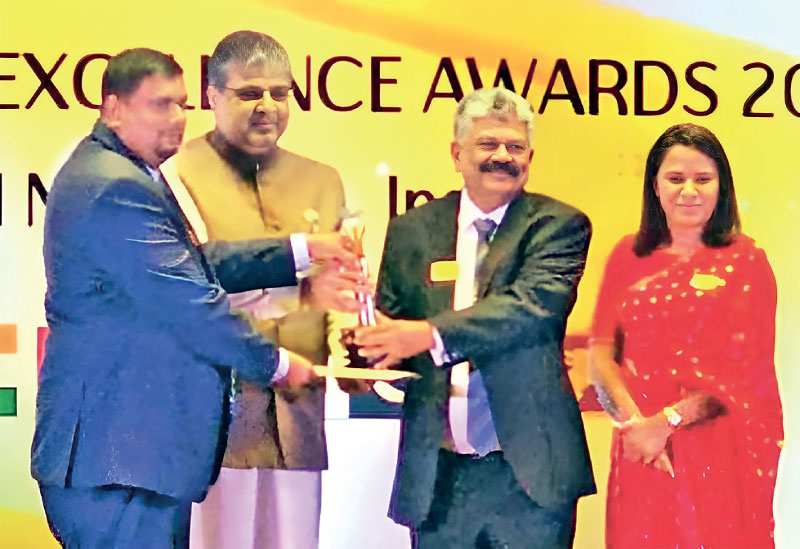


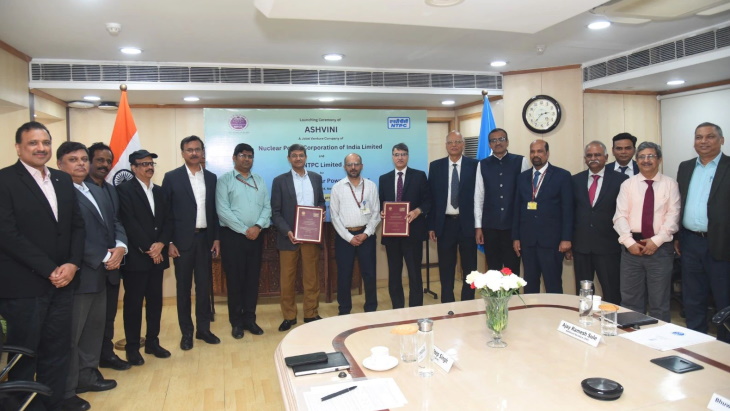 Representatives from NTPC and NPCIL mark the formation of the Ashvini joint venture (Image: NTPC))
Representatives from NTPC and NPCIL mark the formation of the Ashvini joint venture (Image: NTPC))


What cost-of-living crisis? Millions of Australians are expected to spend A$10.1 billion during the end of financial year (EOFY) sales.
Many products, from cars and holiday packages to clothing and white goods will be available at marked down prices over the next few weeks.
Clothing and accessories will attract the biggest spend, followed by electronics and technology, household items and decorations and then appliances and white goods.
To put the estimated $10.1 billion EOFY spend in perspective, in 2023 Australians spent $361 billion on retail goods, with $63.6 billion of that spent online.
With such high spending, consumers need to make informed decisions to maximise their savings and avoid pitfalls.
It is important to understand the return and exchange policies of the different retail stores.
Most retailers allow shoppers who change their mind up to 30 days to return and receive a refund or exchange the product. Some may have shorter return periods or may not accept returns on sale items.
These items are sometimes referred to as final sales, non-refundable purchases, last-chance deals, no-return sales and clearance items. This means if a customer bought something on sale and later doesn’t want it, they can’t return or exchange it.

Some retailers have specific conditions about where items can be returned. For example, in Melbourne David Jones requires boutique brands to be returned to specific branch locations. For example, items purchased instore from Chanel can only be returned at Elizabeth Street and Bourke Street Mall branches.
Other conditions might include no refunds/no exchanges on large electrical items, furniture or mattresses unless faulty or damaged. Or retailers may only offer instore credit or charge a 25% restocking fee when a customer cancels an order for a large or bulky item.
Many retailers, such as streetwear brand Culture Kings, also require a payment if the return process involves shipping.
As well as these conditions, retailers require any returned items to be in their original condition and sometimes, their original packaging. Being aware of these policies can help customers make more informed decisions and avoid being stuck with items they don’t want.
Certain items, such as off-season clothing, electronics and furniture are often discounted during EOFY sales, making it a good time to get them at reduced cost.
However, some items, like the latest Playstation or newest smart phone, may not be as heavily discounted and might be better bought at other times of the year.
Shoppers should also avoid buying items they are unlikely to use or consume before they expire including perishable goods like food, cosmetics and vitamins.
It’s also important to consider the value of the item and whether the discount offered during sales justifies the purchase, especially for big-ticket items that may require significant storage space or maintenance.
Customers should also consider where to buy their items. Online retailers often have competitive prices and a wide selection, but some customers may prefer to see the item before they purchase instore.
Multi-channel shopping is a combination of both instore and online shopping. It gives customers the flexibility to choose how and where they want to browse and purchase.
For example, some customers prefer to touch, feel and try a product instore but then make the purchase online for convenience, taking advantage of any free shipping offers and online discount.
It is important to be wary any deceptive tactics to persuade you to buy unwanted products.
For example, some stores might use misleading advertising or pressure tactics to convince customers to make purchases with the feeling of fear of missing out (FOMO).
Our research found FOMO played a role in panic buying.
During the EOFY sales, businesses may try to create a sense of urgency by claiming that items are selling out quickly or prices will increase soon.
For example, online sites might state a product is “low in stock”, “151 items have been sold today” or “25 people are watching this item”.
By being aware these tactics are intended to lock them into buying, customers can take their time to consider purchases carefully and avoid being swayed into buying things they do not really want or need.
Ultimately, the best approach for customers is to plan ahead, research prices and shop around to find the best deals for their needs.
The original purpose of the EOFY is to mark the end of a 12-month accounting period for businesses and individuals. EOFY sales help businesses clear out last year’s stock and make way for new.
Moving stock also helps to improve the bottom line by converting unsold goods into revenue.
If consumers are savvy, they can find ways to make savings while also putting money back into the economy.![]()
Park Thaichon, Associate Professor of Marketing, University of Southern Queensland
This article is republished from The Conversation under a Creative Commons license. Read the original article.

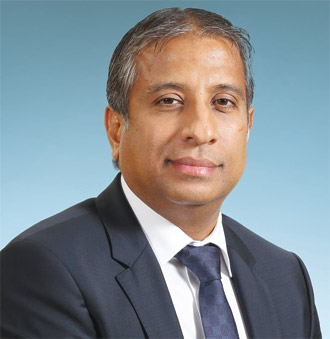
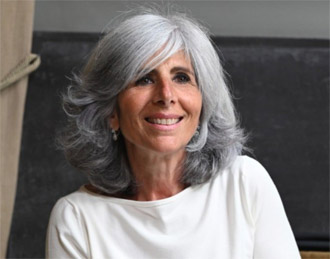


Tech startups will be enthused by the news that Silicon Valley venture capital (VC) veteran General Catalyst is on the verge of raising US$6 billion (£4.8 billion) for backing new companies. It comes hot on the heels of an announcement from Andreessen Horowitz, another major VC, of a new US$7.2 billion investment fund. These are among the largest fundraisings in years, coming at a time when the VC sector has been going through a lull, with worldwide total investments down from US$644 billion in 2021 to US$286 billion in 2023.
You can listen to more articles from The Conversation, narrated by Noa.
The bad news, depending on where you live, is that most of the proceeds are likely to be invested Stateside. American startups mop up around half of all global VC funding, while Europe and the UK are lucky to see a quarter. This is despite the fact that Europe and the UK have a slightly larger share of world GDP than the US (17% v 16%).
VC investment by country (US$)
This helps to explain why America’s leading three tech firms, Microsoft, Apple and Nvidia, are worth around US$7.5 trillion, while Europe’s equivalents, ASML, SAP and Prosus, are worth some US$700 billion. So what can be done to change this situation?
Silicon Valley’s success can be attributed to a range of mutually reinforcing factors, many of which planted their seeds decades ago. These include lucrative government contracts, entrepreneurial universities nearby, and the accumulation of wealth and talent from tech giants such as Apple, Nvidia, and OpenAI. This kind of head start is difficult to replicate.
US investors often plough millions of dollars into relatively early-stage companies, which are sums that other ecosystems simply cannot match. But startups typically first need to demonstrate traction with customers, usually in the form of sales revenue or user numbers. This is different from tech investment hubs such as Berlin and Scotland, where investors tend to only require a strong team with just an idea for the startup to be considered to have good potential for investment. Our research suggests that this might be an underappreciated reason for Silicon Valley’s success.
Having done in-depth interviews with 63 entrepreneurs and investors across Silicon Valley and Berlin, the different expectations of investors are very noticeable. For instance, the founders of San Francisco-based AirBnb had to use their credit cards to keep the company afloat, and even resorted to selling cereal boxes before eventually securing funding.
Similarly, the founders of food delivery app DoorDash, which is also based in San Francisco, built a full prototype and were making the deliveries themselves for nearly half a year before raising their first round of investment.
This is in stark contrast to European ecosystems. Recent examples from Berlin include language tutor marketplace HeyLama, which secured funding nearly immediately after inception. Meanwhile, pet care startup Rex raised more than US$5 million within months after launching.
And yet, between 2020 and 2022, US$44 billion was invested in early-stage deals in Silicon Valley as opposed to US$5.8 billion in Berlin. Equally, roughly 31% of US but only 19% of European seed-stage startups progress to the next round of fundraising.
This doesn’t necessarily mean that the companies that do not raise follow-on funding fail, but it may help explain why Silicon Valley’s exits amount to US$403 million on average, as opposed to US$53 million in Berlin.
So why is it not the case that US startups struggle more when they have to meet higher expectations to get funded? And could other ecosystems catch up by adopting the same strategy?
The journey of a business idea from inception to early traction is often referred to as the “valley of death”. During this period, the startup needs to keep developing the business, build the product, and figure out a reliable business model. There is no one-size-fits-all blueprint and many companies fail, either because the idea is not viable or they run out of money.
Silicon Valley’s preferred funding model of investing into startups with traction somewhat decreases the risk of failure for VCs. In the long term this should result in more funds for reinvesting into new startups, which likely helped the whole ecosystem to flourish. There’s also a benefit to those entrepreneurs who can delay fundraising until they can demonstrate traction, since the startup is likely to be worth more. This means they can get more money or give up a smaller percentage of the business.
This would suggest that European startup ecosystems ought to think about moving towards this model. But it comes with a major downside. Few entrepreneurs have enough money to maintain the company through the valley of death – and it tends to be longer and deeper for the most innovative ideas. This is particularly an issue for entrepreneurs from under-represented groups, such as disadvantaged socioeconomic backgrounds, women and immigrants, who are less likely to have the necessary resources or connections. Thus, adopting the American investment threshold could make the startup world even more inaccessible to them.
To get the benefits of the US system without damaging diversity, there need to be support structures in place, such as incubator and accelerator programmes, to help startups gain traction. Even so, these need to be designed carefully to ensure they signal credibility, and therefore help – rather than hinder – the incubated companies to secure their first round of investment.![]()
Michaela Hruskova, Lecturer in Entrepreneurship, University of Stirling and Katharina Scheidgen, Chair of Entrepreneurship and Innovation, Georg-August-Universität Göttingen
This article is republished from The Conversation under a Creative Commons license. Read the original article.